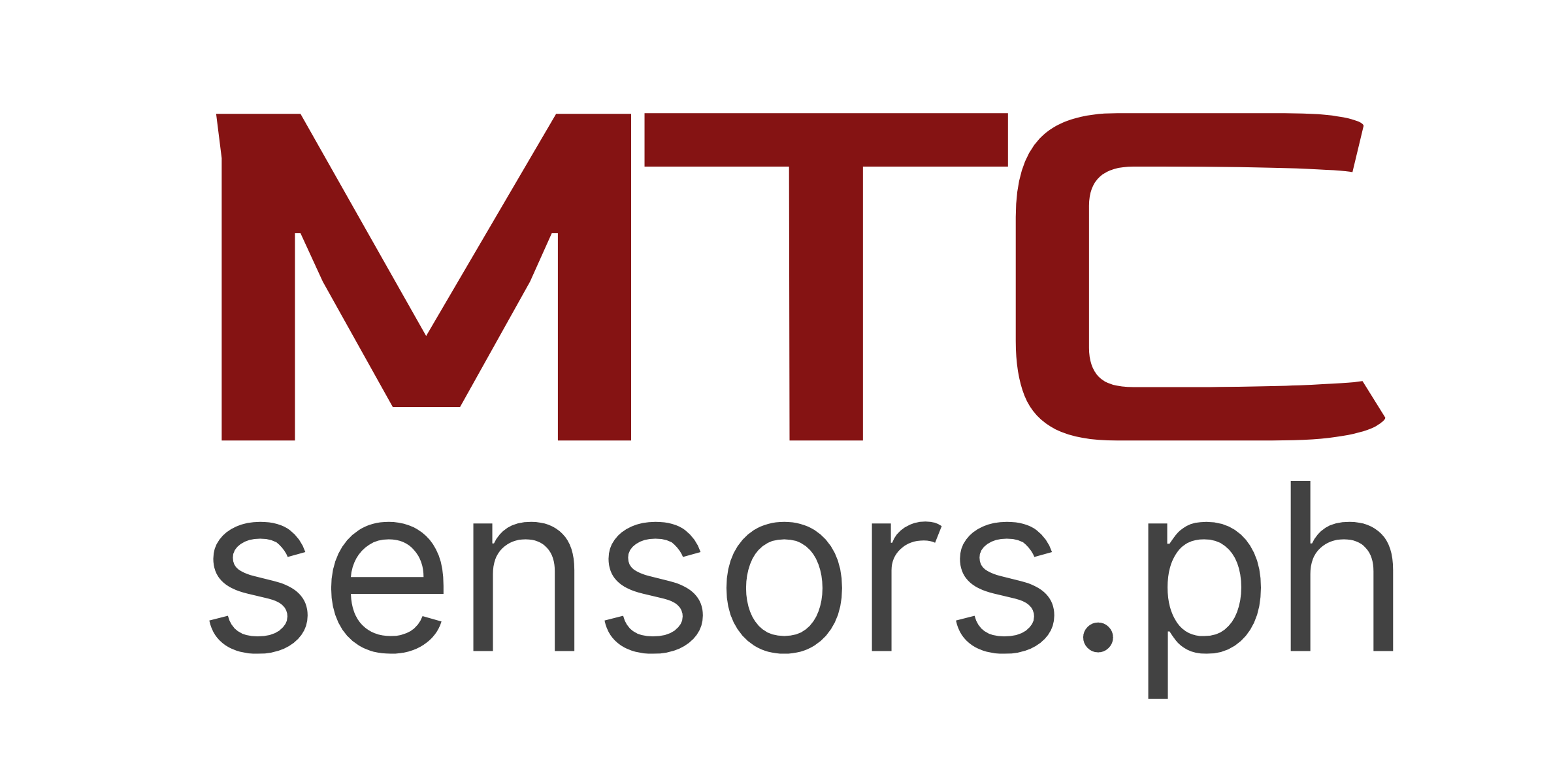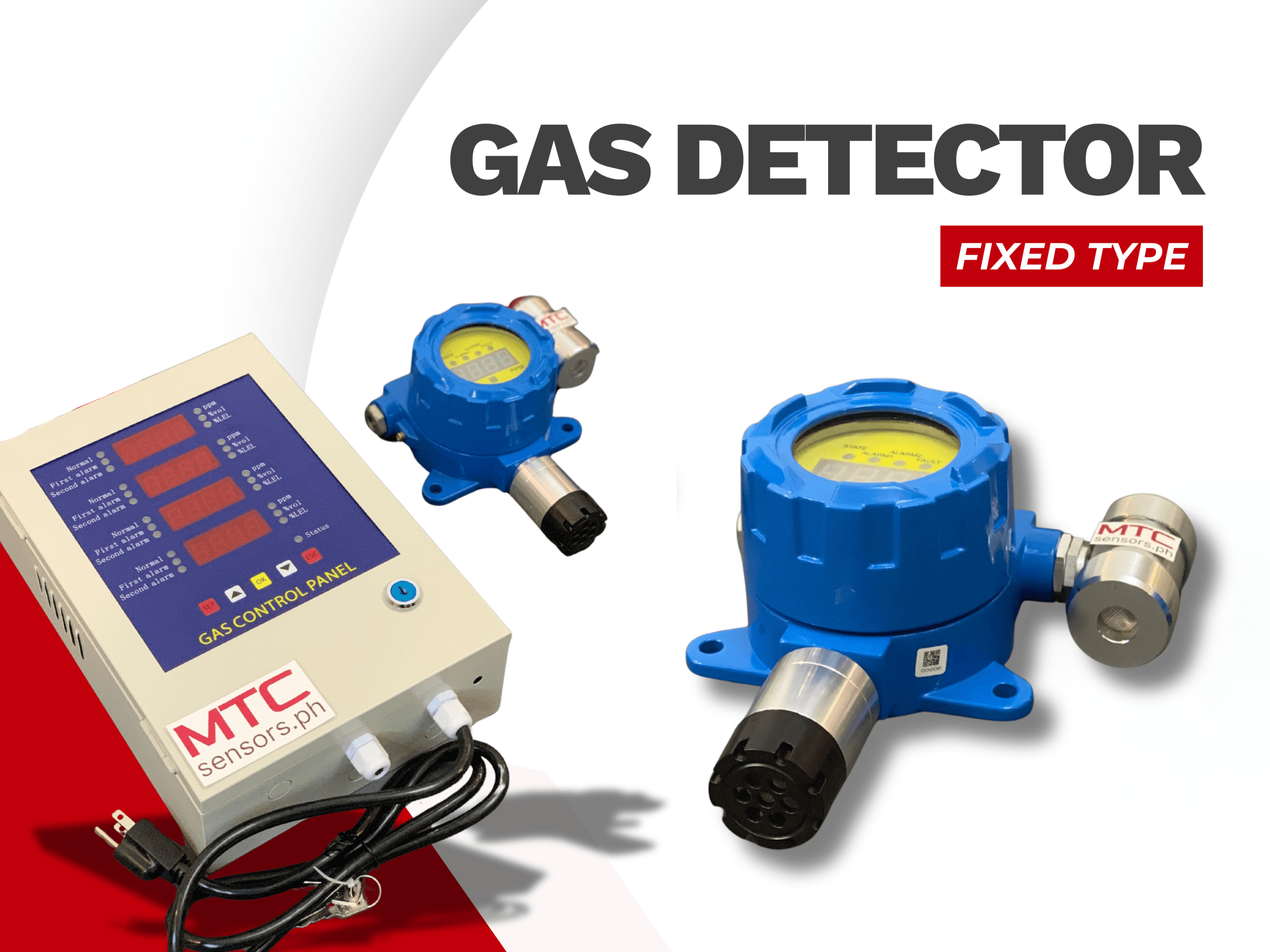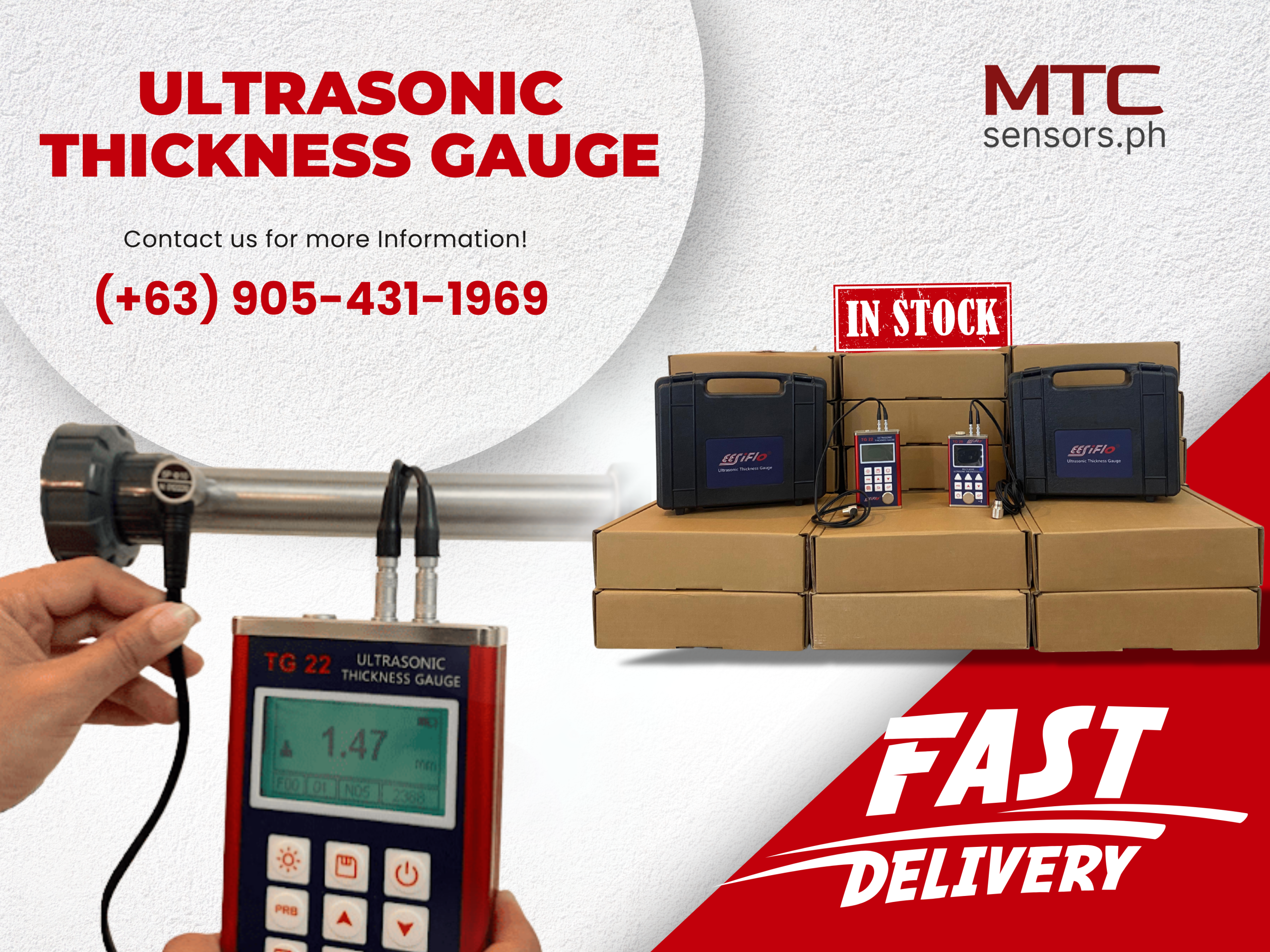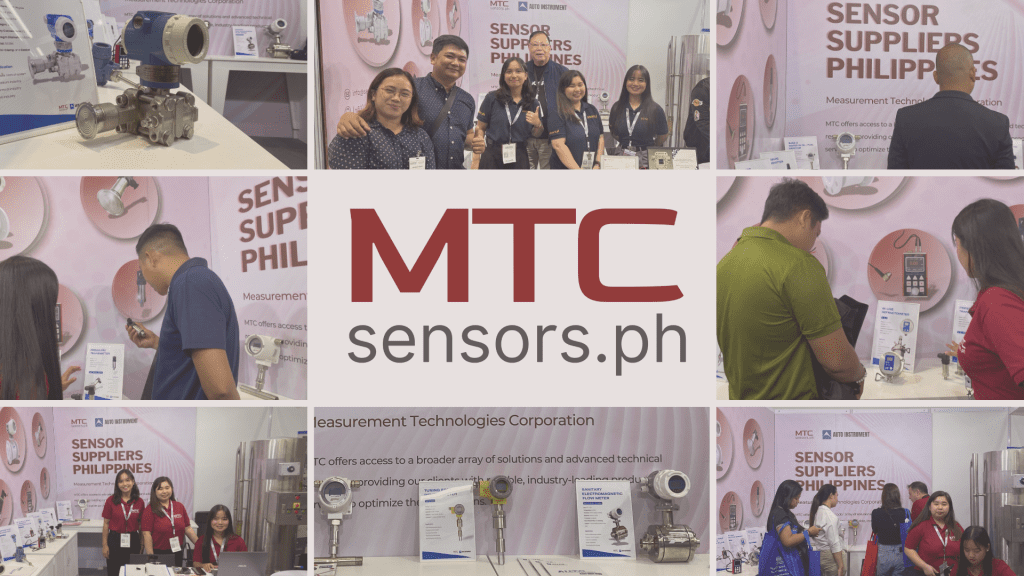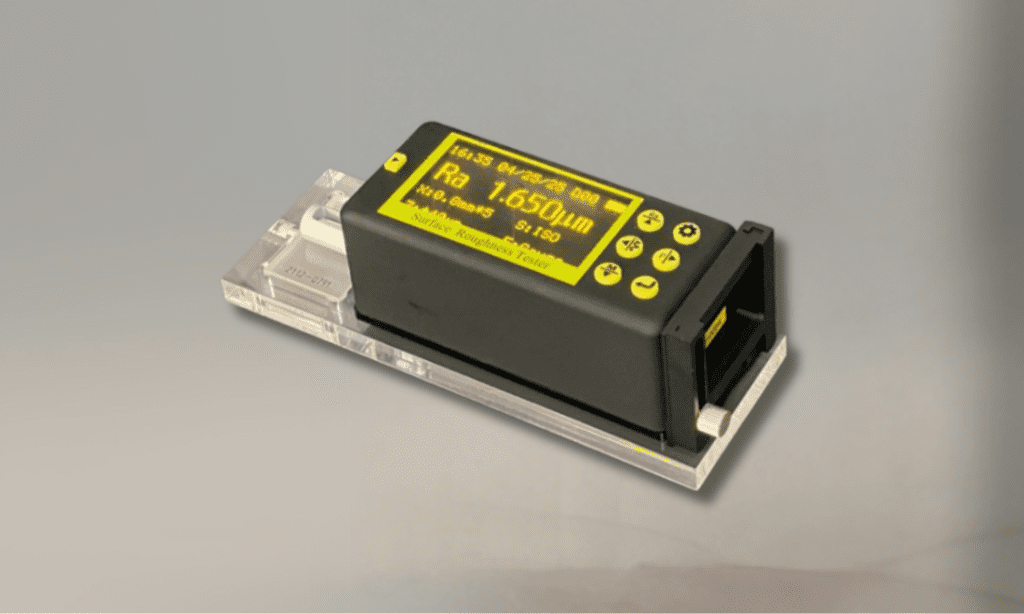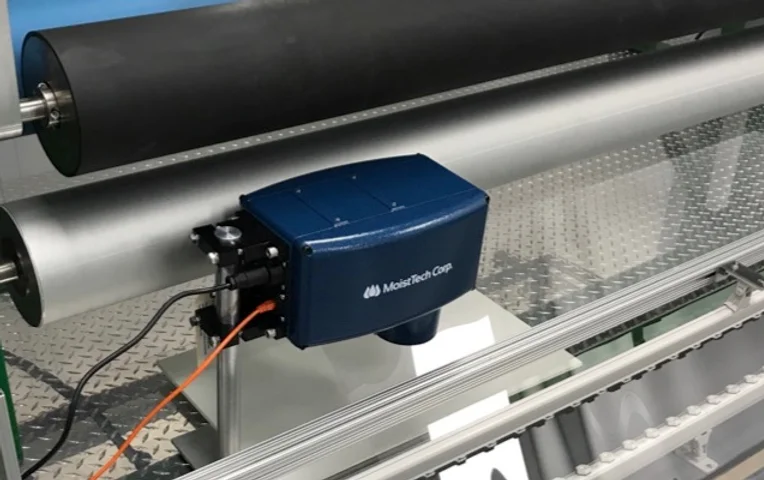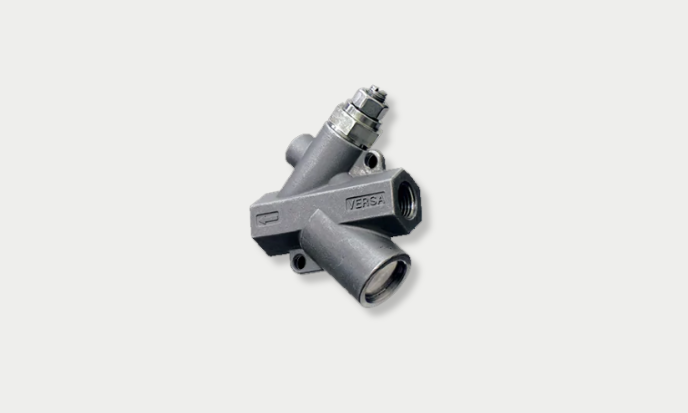The MR200 surfaces roughness measuring instrument is suitable for shop floor use and mobile measure to need of a small handheld instrument , it operation simple, funstion overall, measure fast, accuracy stability, take convenience. This upgrade instrument adopts 2.7 inch OLED display, equipped with wireless communication module, Micro-USB port, Bluetooth module and SD memory card. It can achieve wireless remote control start and measure, also can connect us PC, wireless bluetooth printer, and have mass storage.
- 28 Parameters: Ra, Rq, Rz, Rt, Rp, Rv, Rs, RSm, Rz(JIS), Ry(JIS), RSk, R3z, Rmax, RPc, Rmr, Rku, RΔq, Rδ, Ry; Rk, Rpk, Rvk, Mr1, Mr2, A1, A2, V0;
- Adopt 320 um high accuracy inductance pickup;
- Four filtering methods of RC, PC-RC, GAUSS, and D-P;
- Compatible with four standards of ISO, DIN, ANSI and JIS;
- Adopt 2.7 inch, 128×64 dot OLED display, No need backlight, Display all parameters and graphs;
- DSP chip is used to control and process data with high speed and low powerconsumption;
- Can store 20 sets of measurements results;
- External SD card can be expanded mass storage data.
- Built-in wireless remote control module, remote control measurement.
- Built-in bluetooth module, can be connected to bluetooth printer to print all parameters and graphs;
- Built-in Micro-USB port, can connect to PC via Datapro software.
- Built-in lithium polymer rechargeable batteries and charging protection circuit
- Mechatronics design, smaller, easy to carry;
- Automatic switch off, memory and vaious prompt instructions
- O urface sensor, the deep grooves sensor, small holes sensor, micro-adjusting platform, extension and others.
Range:
- Z Axis (Vertical): 320µm (Ra=80µm)
- X Axis (Horizontal): 17.5mm
Resolution: Z Axis (Vertical): 0.01µm/±20µm, 0.02µm/±40µm, 0.04µm/±80µm, 0.08µm/±160µm
Measurement Items:
- Parameters: Ra, Rq, Rz, Rt, Rp, Rv, Rs, RSm, Rz(JIS), Ry(JIS), RSk, R3z, Rmax, RPc, Rmr, Rku, RΔq, Rδ, Ry; Rk, Rpk, Rvk, Mr1, Mr2, A1, A2, V0;
- Standard: ISO, ANSI, DIN, JIS
- Graphic: Roughness Profile, Material Ratio Curve, Direct Profile
Filter: RC, PC-RC, Gauss, D-P
Sampling Lenth (/r): 0.25, 0.8, 2.5mm
Assessment Lenth(/n): Ln = /rXn n=1~5
Pick-up: Principle: Differential Inductance
Accuracy: Less than or equal to ±10%
Repeatability: Less than or equal t0 6%
Power Supply: Built-in Lithium ion battery, AC Adapter 8.4V, 800mA
LxWxH: 112x50x47mm
Weight: 360g
Stylus: Natural Diamond, 90cone angle, 5µmtip radius
Force: <4mN
Skid: Rudy, Longitudinal Radius 40mm
Traversing Speed:
- /r=0.25, Vt=0.15mm/s
- /r=0.8, Vt=0.5mm/s
- /r=2.5, Vt=0.1mm/s
- Return, Vt=1mm/s
Working Principle
When measuring roughness of part surface, the pickup is placed on the surface of the part and then tracing the surface at constant rate. The pickup acquires the surface roughness by the sharp stylus in pickup. The roughness causes displacement of pickup which results in change of inductive value of induction coils thus generate analogue signal which is in proportion to surface roughness at output end of phase-sensitive rectifier. This signal enters data collection system after amplification and level conversion. After that, those collected data are processed with digital filtering and parameter calculation by DSP chip and the measuring result can be read on LCD, printed through printer and communicated with PC.
